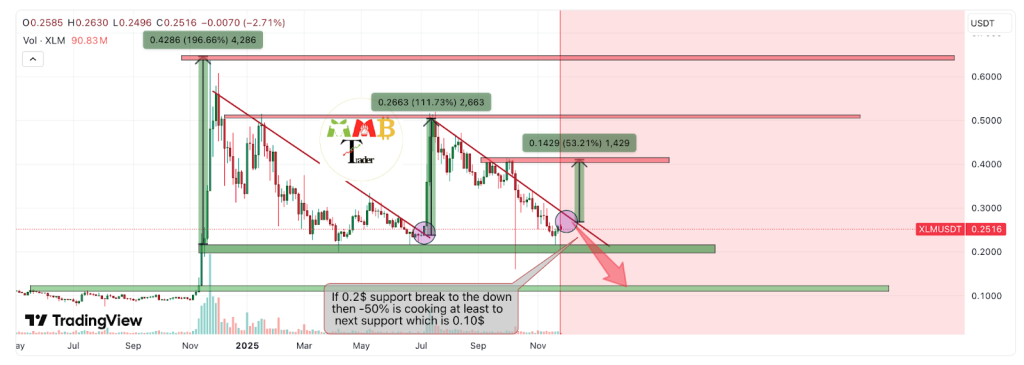Ethereum ETFs Outperform Bitcoin: A Structural Shift in Institutional Demand
- Ethereum ETFs outperformed Bitcoin ETFs in 2025 with $11–$12B inflows vs. $8–$10B, driven by deflationary supply and yield-generating infrastructure. - Ethereum's market dominance rose to 14.5% (vs. Bitcoin's 57.3%), fueled by 4–6% staking yields, EIP-1559 burns, and 94% lower Layer 2 transaction costs. - Institutional adoption accelerated via U.S. SEC approval of in-kind redemptions, enabling corporate treasuries to stake 95% of holdings and boost Ethereum's TVL to $45B. - The shift reflects a strategic
The cryptocurrency market in 2025 is witnessing a seismic shift in institutional capital allocation, with Ethereum ETFs outpacing Bitcoin ETFs in inflows, market dominance, and utility-driven appeal. This is not a fleeting trend but a structural reallocation rooted in Ethereum's unique value proposition: a deflationary supply model, yield-generating infrastructure, and technological innovation that positions it as the backbone of the digital economy.
The Data-Driven Case for Ethereum
Year-to-date (YTD) inflows into Ethereum ETFs have surged to $11–$12 billion, dwarfing Bitcoin's $8–$10 billion. In Q2 2025 alone, Ethereum ETFs attracted $2.85–$3 billion, while Bitcoin ETFs managed only $178 million to $548 million. By August, the iShares Ethereum Trust (ETHA) recorded $2.4 billion in a single month—its second-best performance ever. Meanwhile, Bitcoin ETFs like the iShares Bitcoin Trust (IBIT) faced outflows, including a $1.2 billion exodus in late August.
Ethereum's market dominance has climbed to 14.5%, its highest in a year, while Bitcoin's dominance has dipped to 57.3%, the lowest since January 2025. This shift is mirrored in price performance: Ethereum has surged 38% YTD, nearly double Bitcoin's 20% gain. The ETH/BTC ratio, a key indicator of relative strength, hit 0.037 in August 2025—a 2025 high—underscoring the capital reallocation.
Why Ethereum? The Institutional Case
Institutional investors are drawn to Ethereum's structural advantages over Bitcoin. First, Ethereum's proof-of-stake (PoS) model offers staking yields of 4–6% annually, creating a yield-generating asset class absent in Bitcoin's zero-yield framework. By mid-2025, 29.6% of Ethereum's total supply (35.7 million ETH) was staked, with the USD value of staked ETH rising 43% to $89.25 billion. This deflationary flywheel—driven by EIP-1559 burns and high staking participation—reduces liquidity and incentivizes long-term holding, creating upward price pressure.
Second, Ethereum's technological upgrades, such as the Dencun upgrade and EIP-1559, have slashed Layer 2 (L2) transaction costs by 94%, enabling platforms like Arbitrum and Base to process 10,000 transactions per second at near-zero fees. This scalability has driven Ethereum's L2 Total Value Locked (TVL) to $45 billion by mid-2025, a 42% quarter-over-quarter increase. In contrast, Bitcoin's utility remains largely confined to speculative trading.
Third, regulatory clarity has normalized Ethereum as a reserve asset. The U.S. SEC's July 2025 approval of in-kind redemptions for Ethereum ETFs unlocked access for corporate treasuries, pension funds, and sovereign wealth portfolios. Over 10 public companies now hold Ethereum on their balance sheets, with firms like Bitmine Immersion Technologies deploying 95% of their holdings into staking or liquid staking derivatives.
The Capital Flywheel Effect
Ethereum's institutional adoption is creating a self-reinforcing capital flywheel. Staking yields attract yield-seeking investors, while deflationary mechanisms reduce supply and drive price appreciation. This dynamic is amplified by Ethereum's role as the foundation of decentralized finance (DeFi), with Ethereum's DeFi TVL reaching $223 billion by July 2025—far exceeding Bitcoin's negligible TVL. Protocols like Aave , Spark, and EigenLayer now manage $22.3 billion, $3.5 billion, and $11.7 billion in TVL, respectively.
For institutional investors, Ethereum ETFs represent a strategic reallocation from Bitcoin's store-of-value model to a yield- and utility-driven framework. While Bitcoin remains a hedge against macroeconomic uncertainty, Ethereum's structural advantages—staking yields, deflationary supply, and real-world applications—position it as a superior capital-allocating tool.
Investment Implications
The structural shift from Bitcoin to Ethereum ETFs is not a zero-sum game but a reflection of evolving investor priorities. For those seeking to capitalize on the next leg of the crypto bull run, Ethereum ETFs should be a core component of a diversified portfolio. However, caution is warranted: Ethereum's growth is concentrated among a small group of allocators, and regulatory shifts could disrupt momentum.
Investors should consider a balanced approach, allocating to both Bitcoin and Ethereum ETFs. Bitcoin's stability and macro-hedging properties remain valuable, but Ethereum's yield generation and utility offer higher growth potential. For those with a higher risk tolerance, Ethereum ETFs like ETHA and ETHE provide direct exposure to the asset's structural advantages.
In conclusion, the 2025 reallocation of institutional capital from Bitcoin to Ethereum ETFs reflects a broader redefinition of how crypto assets are perceived—not as speculative bets, but as infrastructure-grade tools for yield generation, risk diversification, and real-world application. As Ethereum ETFs continue to outperform and attract deeper capital, the institutional market is beginning to view Ethereum as the natural extension of crypto strategies. For investors, the message is clear: Ethereum is no longer just a speculative asset. It is the infrastructure of the digital economy, and its institutional adoption is accelerating a structural reallocation of capital that will define the next phase of crypto investing.
Disclaimer: The content of this article solely reflects the author's opinion and does not represent the platform in any capacity. This article is not intended to serve as a reference for making investment decisions.
You may also like
Do Kwon Wants Lighter Sentence After Admitting Guilt

Bitwise Expert Sees Best Risk-Reward Since COVID

Stellar (XLM) Price Prediction: Can Bulls Push Toward $0.30 in December?

21Shares XRP ETF Set to Launch on 1 December as ETF Demand Surges